
This is the tenth module of GuildOne’s Blockchain Digest, a series of brief articles that are intended to provide a basic understanding of blockchain technologies for non-technical audiences, such as business decision-makers and regulators. The previous module offered an overview of joint ventures (JVs), the processes of managing JV expenses and some of the ways that blockchain can reduce dispute, delays and inefficiencies in those processes.
That discussion included several references to authorizations for expenditure (AFEs), which are a common feature of JVs. So, in this module we’ll explore AFEs in greater depth, explain some of the challenges they present, and explore how blockchain can address some of those issues.
Authorization for Expenditures
AFEs are a tool for the management of JV expenses. An AFE outlines the estimated costs of a JV project so that all of the JV partners can authorize those expenditures prior to the operator making them. This demonstrates that the partners have given prior consent to the expenditure, thereby reducing the potential for dispute.
In some cases, the JV operator may issue an AFE to invite the JV partners to participate in new capital projects. This process is known as balloting. The option to participate is sent out as a mail ballot, usually in hard copy (paper) by regular mail or courier. The ballots are created and tracked manually, an expensive, resource-intensive and error-prone process.
Operators usually give JV partners 30 days to indicate whether they want to participate in the project, thereby authorizing—and agreeing to share—the expenses. Depending on the agreement governing the JV, failure to respond by the stated date may mean the partner has declined the opportunity to participate. In other cases, failure to respond by the deadline is taken as agreement to participate. The JV agreement may also authorize the operator to levy a penalty against the partner in the case of a late response. Either way, if the operator does not receive the response by the deadline, the partner may end up with an outcome it didn’t desire.
Once the ballots are returned, accepted options are tallied and the remaining percentage of the offer that was not accepted (say, 20% of the project), may be re-offered again to the accepting parties, who may choose to accept the further investment or decline. Thus the administrative churn of sending, receiving, processing and responding to ballots—with all of the same points of potential error—begins again.

The Problem with AFEs: Administrative Burden, Delays and Dispute
As is the case with joint interest billing (JIB) solutions, which we discussed in module 9, there are automated systems in place to help companies manage the AFE process. However, manual practices are still at the heart of the AFE and balloting procedure. It’s easy to see how they can be very costly and inefficient.

AFEs go through numerous steps on the JV partner side: receipt, consideration, approval, processing of response, authorized signatures and return delivery. Not only is this time- and resource-consuming but there are also many points where the process can go astray. For example, a response can easily get delayed or simply fall between the administrative cracks. As discussed previously, this can result in missed opportunities or penalties. It may also lead to disputes, particularly if one party claims that a response was sent and the other cannot establish receipt of the response.
One of the major complications that AFEs present, particularly for operators, is that they often result in changes in the working interest of each of the JV partners (including the operator). A JV partner’s working interest may vary from one project to another. Tracking the responses of JV partners, calculating their working interest for each project, and then calculating the expenses and revenues for each partner can create an administrative quagmire.
Blockchain and AFEs/Balloting
Blockchain’s distributed ledger and smart contracts can drastically streamline AFE processes. First, they can automate and track the delivery of the AFE/ballot as well as the response. This can drastically reduce the costs associated with manual processing and traditional delivery of hard copy proposals and responses.
Blockchain can also ensure that responses are delivered in a timely manner, and that delivery can be demonstrated beyond doubt, removing potential dispute due to errors in tracking documentation. Blockchain’s immutable ledger provides a clear audit trail for all notices, responses, transactions and interactions. This effectively removes traditional manual processes as a source of costly dispute.
Blockchain also significantly streamlines the calculation of working interests according to the decision of each JV party for each AFE. It then automates the calculation and recovery of expenses for each JV partner according to its working interest in each project, as well as the distribution of revenues. Further, because all transactions on the blockchain are stored immutably and are open to all permitted parties, it also adds strong auditability, control and trust to financial transactions within a JV, further reducing the potential for dispute between JV members.

In the next module of GuildOne’s Blockchain Digest…
This module of the GuildOne Blockchain Digest has offered an overview of AFEs and how blockchain technologies can streamline the administrative complexities involved with them. That brings us to the end of our discussion of blockchain use cases for the oil and gas industry. In the next module, we’ll discuss how you can assess whether your company should be considering blockchain and how to make that determination.
Recommended Readings / Resources
Feedback
Please tell us what you thought about this module and the Blockchain Digest by filling out a short survey here.














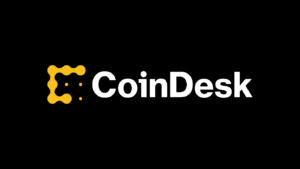



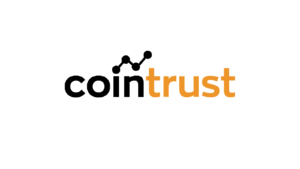








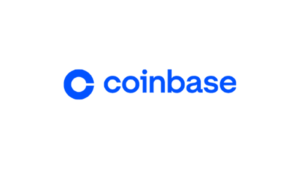

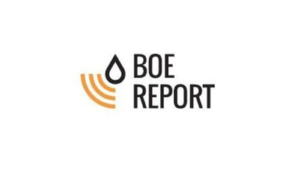


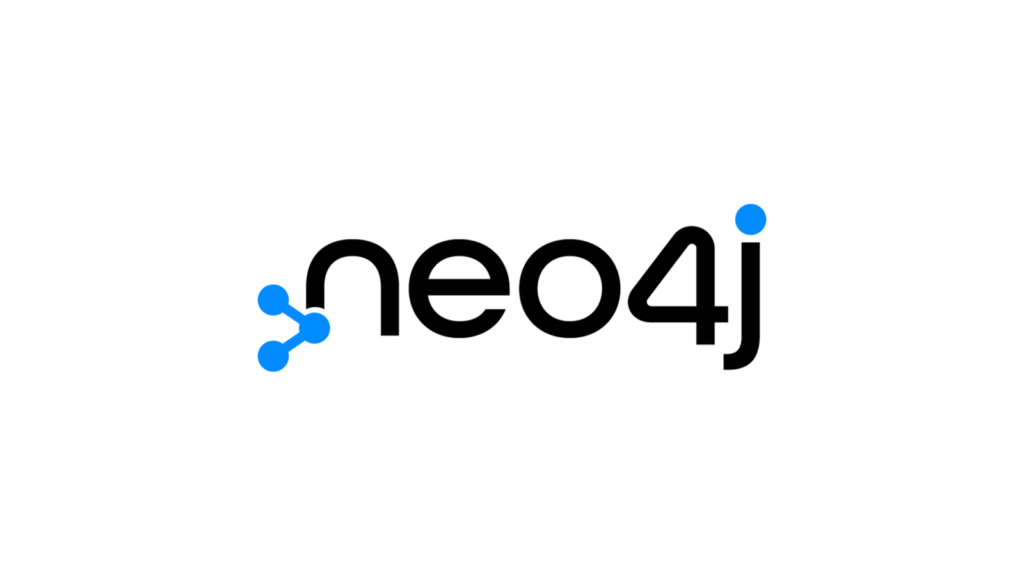
















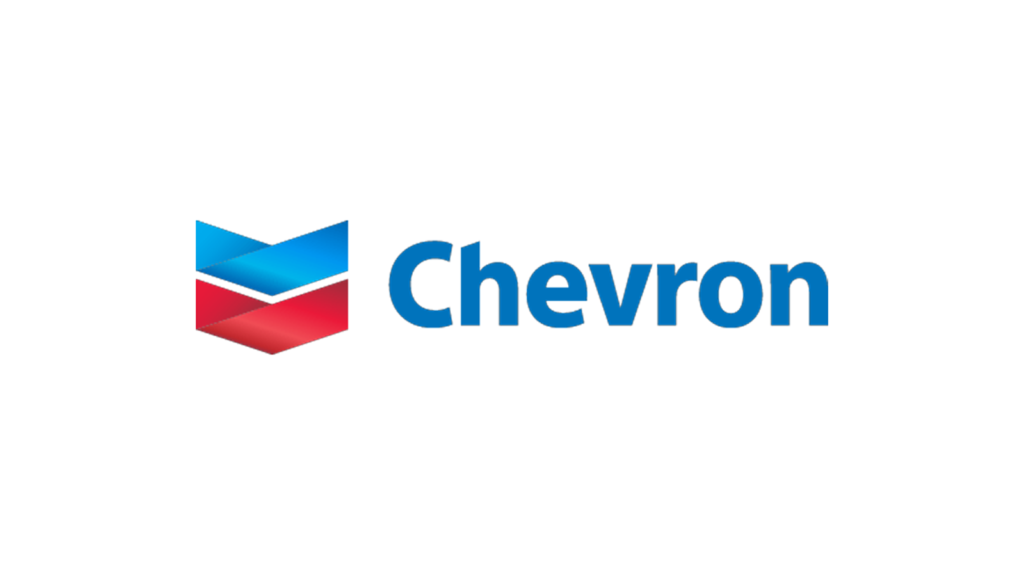

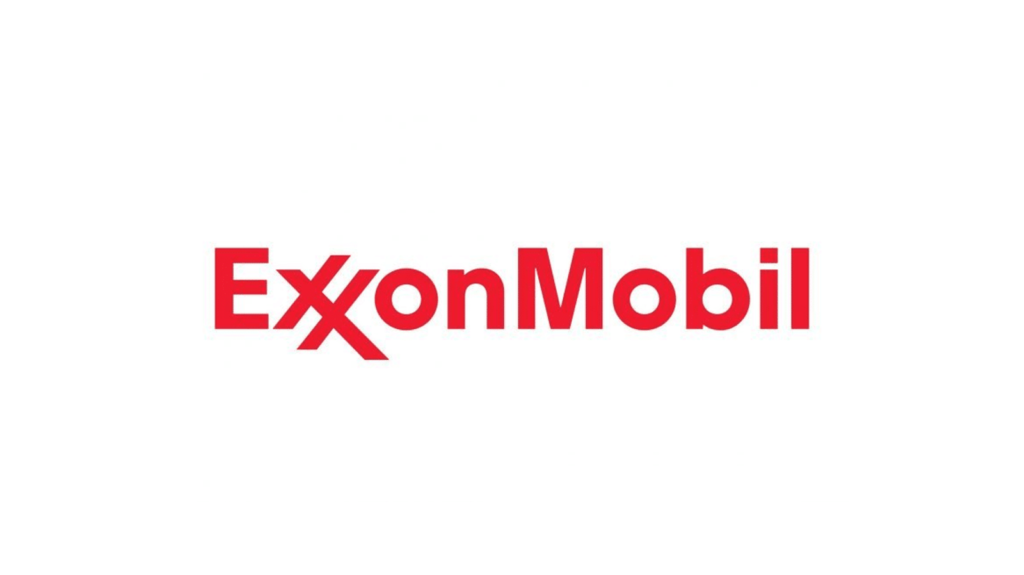




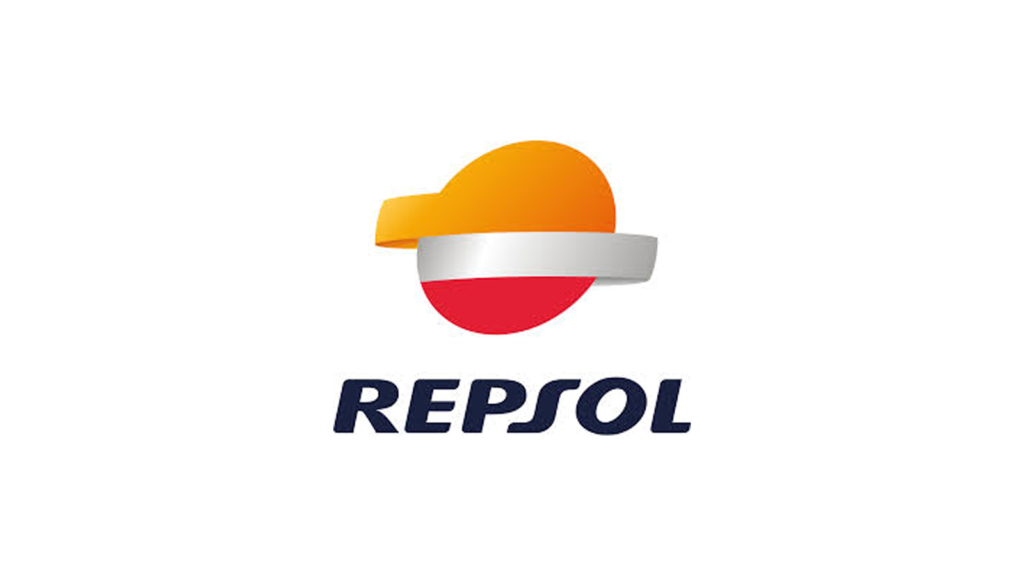

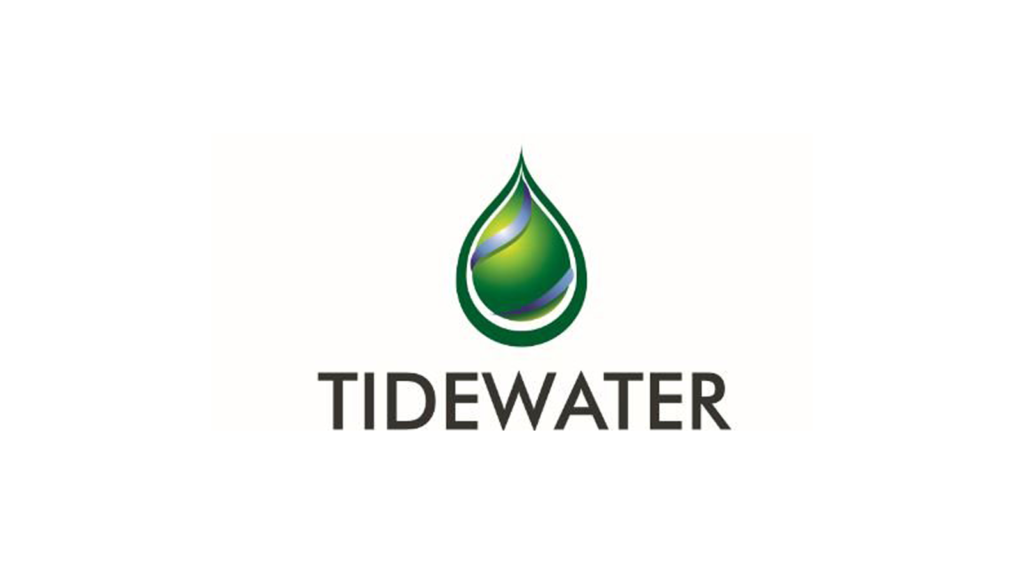


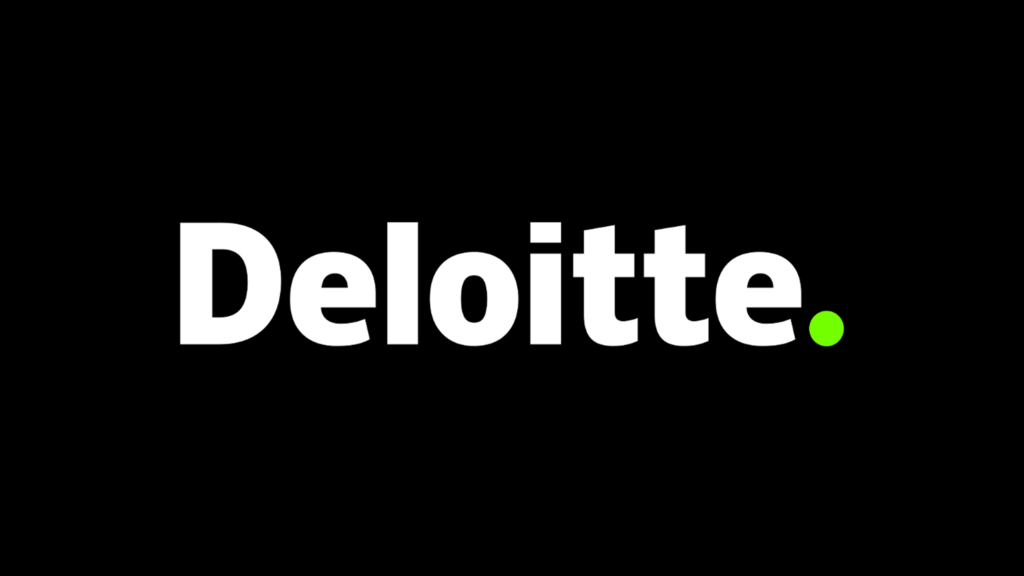





You must be logged in to post a comment.